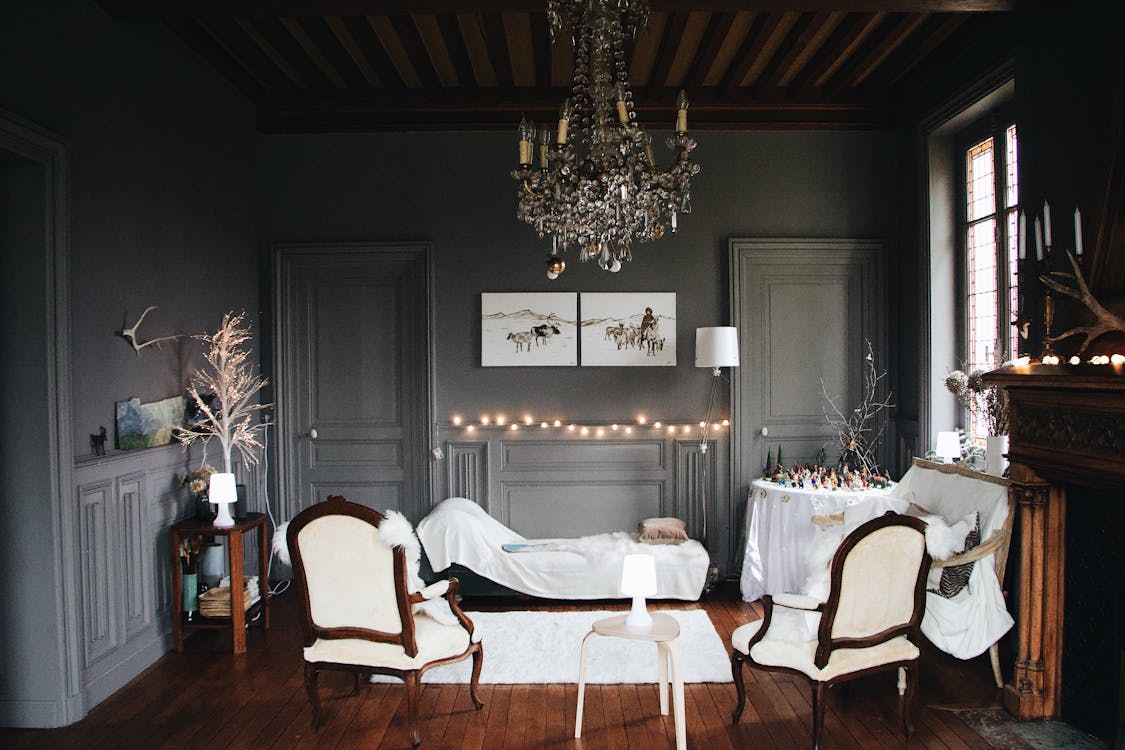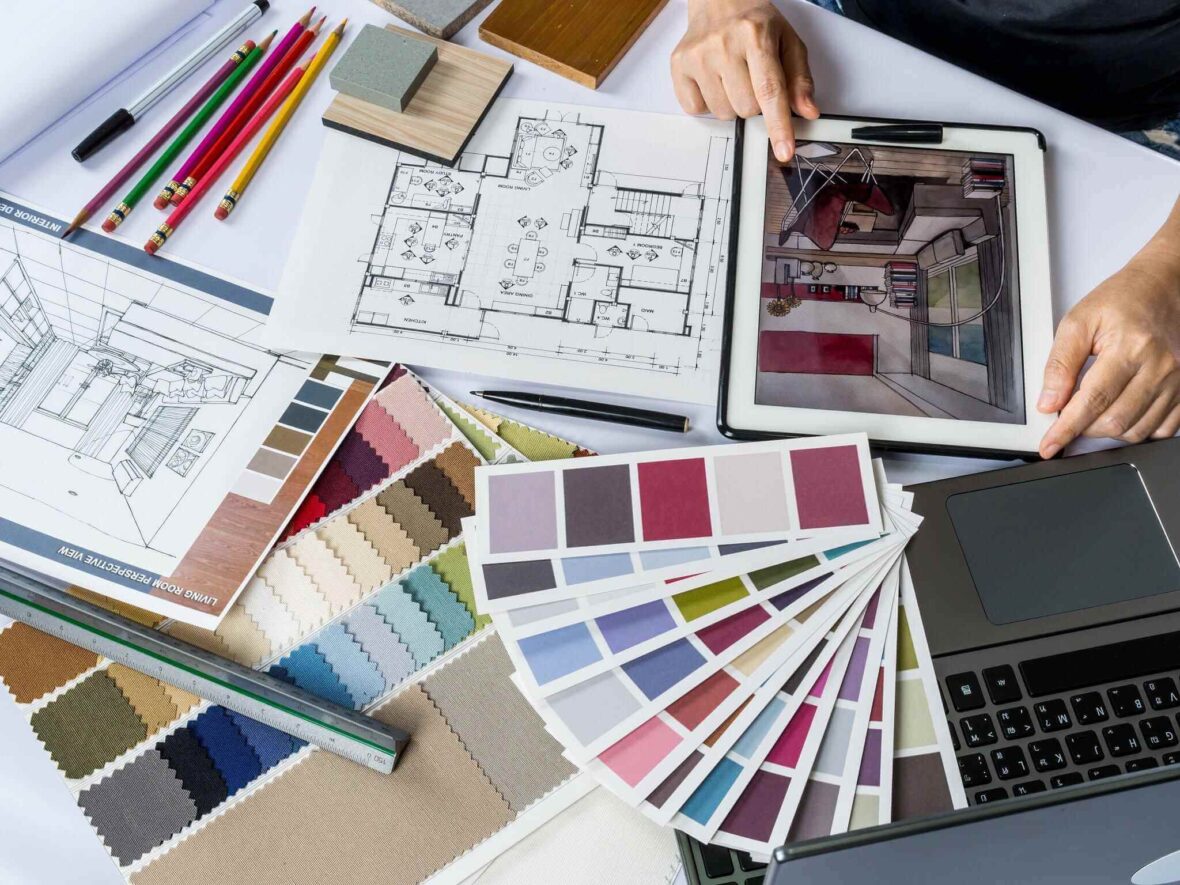In interior design, understanding the technical properties of fabrics is essential for creating visually stunning and functional spaces. Materials bring texture, colour, and personality to interiors, and their suitability for different end uses can greatly impact the overall design. This article will explore the technical properties of fabrics and their significance in interior design. By gaining insights into these properties, aspiring interior designers and enthusiasts can make informed decisions when selecting project materials.
Whether you’re considering an interior design course online or simply seeking to enhance your knowledge, understanding the technical aspects of textiles is crucial for achieving successful design outcomes.
Contents
1. Durability And Performance
Fabric durability is a crucial consideration when selecting materials for interior design applications. Fabrics used in high-traffic areas, such as upholstery, curtains, and rugs, must withstand frequent use and maintain their appearance over time. Factors such as fibre type, thread count, and weave structure influence the durability of fabrics.
For instance, tightly woven fabrics with high thread counts are generally more durable and less prone to pilling or fraying. By choosing textiles with appropriate durability, interior designers can ensure that their designs stand the test of time and maintain their functionality and aesthetic appeal.
2. Flame Resistance And Safety

Safety is paramount in interior design, especially regarding fabrics used in public spaces, hospitality venues, and residential environments. Materials with flame-resistant properties help minimize the risk of fire hazards and ensure the safety of occupants. Flame-resistant fabrics can be treated with specialized coatings or manufactured with inherent flame-resistant fibres, making them suitable for applications such as curtains, upholstery, and bedding.
Considering flame resistance is crucial to comply with safety regulations and create secure and comfortable spaces.
3. Lightfastness And UV Resistance
Fabrics exposed to natural or artificial light may experience fading or discolouration over time. Lightfastness refers to the ability of a fabric to retain its colour when exposed to light. UV resistance is significant for fabrics used in spaces with abundant sunlight, such as windows, outdoor areas, and conservatories.
Fabrics with high lightfastness and UV resistance properties will maintain colour vibrancy and longevity, ensuring that the interior design remains visually appealing and consistent. Additionally, UV resistance helps protect occupants from harmful UV rays, contributing to their overall well-being.
4. Acoustic Properties
Acoustics play a significant role in interior design, especially in spaces where sound control is essential. Fabrics can contribute to acoustic performance by absorbing sound and reducing echo. Materials with good acoustic properties are often used in theatres, conference rooms, and recording studios, where optimal sound quality is critical.
These fabrics help improve speech intelligibility and create a more comfortable and immersive environment. By considering the acoustic properties of fabrics, interior designers can optimize the sound quality and overall experience within a space, ensuring that it is both aesthetically pleasing and acoustically functional.
5. Moisture Resistance And Breathability
Moisture resistance and breathability are essential for fabrics in moisture-prone spaces, such as bathrooms and kitchens. Materials with moisture resistance properties repel water and prevent the growth of mould and mildew, ensuring cleanliness and hygiene.
Additionally, breathability allows air circulation and moisture evaporation, promoting a comfortable and fresh environment. Fabrics with these properties are ideal for applications where moisture control is crucial, as they help maintain the design’s integrity and ensure the material’s longevity.
6. Maintenance And Cleaning
The ease of maintenance and cleaning is a practical consideration in interior design. Textiles that are easy to clean and maintain prolong the lifespan of interior elements and keep the space looking fresh and inviting. Some materials may require regular vacuuming or spot cleaning, while others may be machine washable. Considering the maintenance requirements of fabrics is essential to provide clients with practical and manageable solutions for preserving the cleanliness and longevity of their interior spaces.
Interior designers must prioritize selecting materials that are easy to maintain. This approach not only creates visually appealing designs but also ensures practical and functional spaces for daily use.
7. Eco-Friendliness And Sustainability
In today’s world, sustainability is a key consideration in interior design. Fabrics that are eco-friendly and sustainably produced have gained significant importance. These fabrics are manufactured using organic or recycled materials and follow environmentally friendly production processes.
By choosing sustainable fabrics, interior designers can contribute to reducing their ecological footprint and promote a more sustainable approach to design.
8. Allergen Resistance And Hypoallergenic Properties
Selecting allergen-resistant or hypoallergenic fabrics is crucial for individuals with allergies or sensitivities. These fabrics are designed to resist common allergens such as dust mites, pollen, and pet dander.
By incorporating allergen-resistant materials, interior designers can create spaces that promote better indoor air quality and provide a healthier environment for occupants.
Conclusion
In conclusion, the technical properties of fabrics are fundamental in interior design, shaping a space’s functionality, safety, and aesthetic appeal. From durability and flame resistance to lightfastness, acoustic properties, moisture resistance, and ease of maintenance, each aspect contributes to the overall performance and longevity of the design.
By understanding and considering these properties, interior designers can select fabrics that align with the specific requirements of different end uses, creating visually striking and functional spaces. Whether you’re embarking on an interior design course online or exploring your passion for design, delving into the technical aspects of fabrics opens up a world of possibilities.
Embrace the opportunities fabrics offer, and let their properties guide you in creating remarkable interior designs that inspire and delight you.




